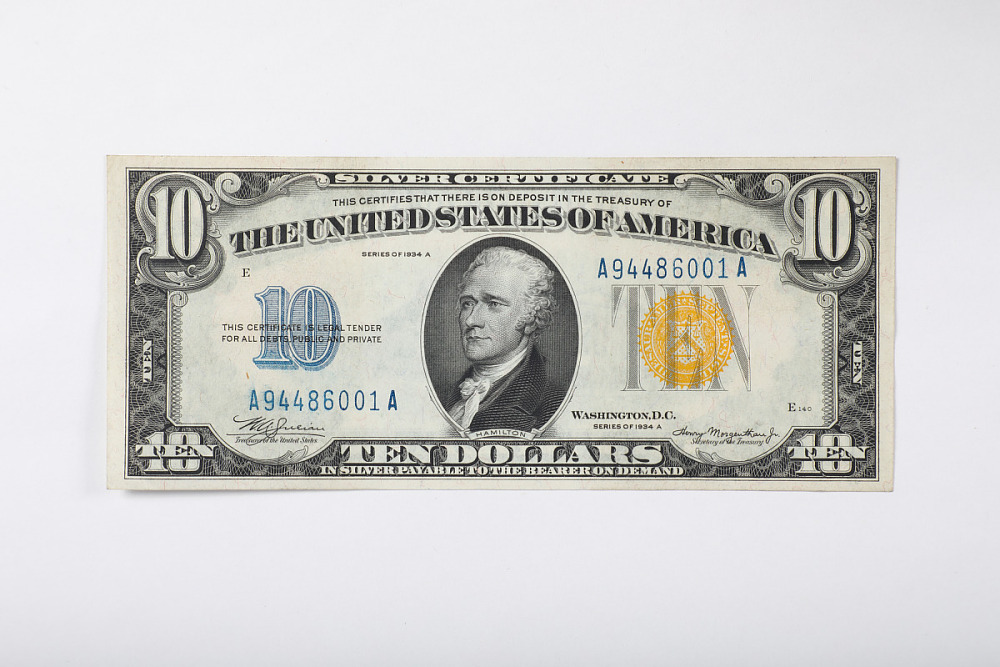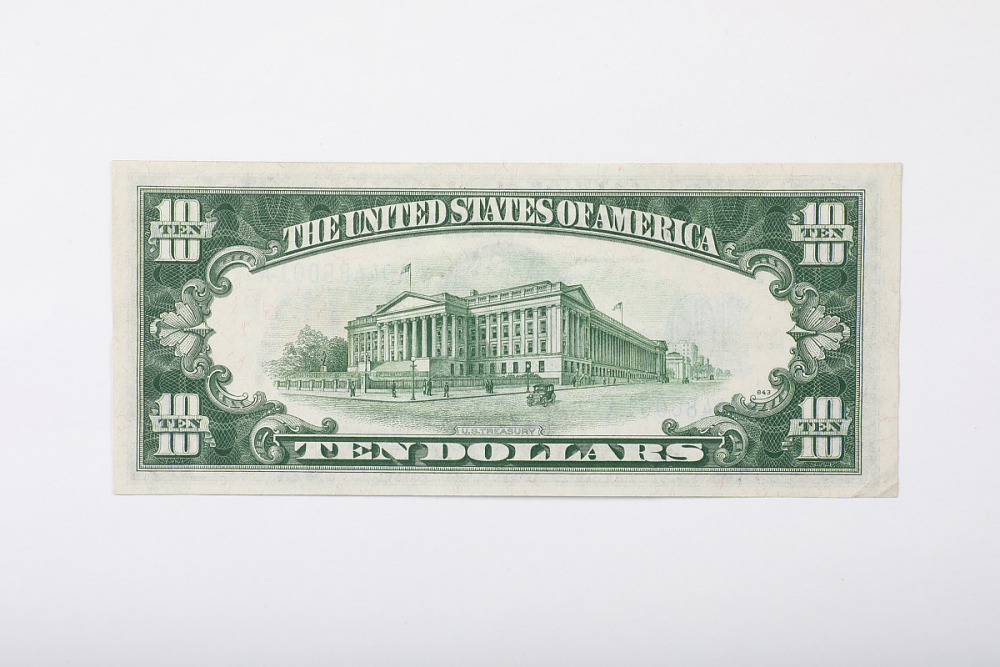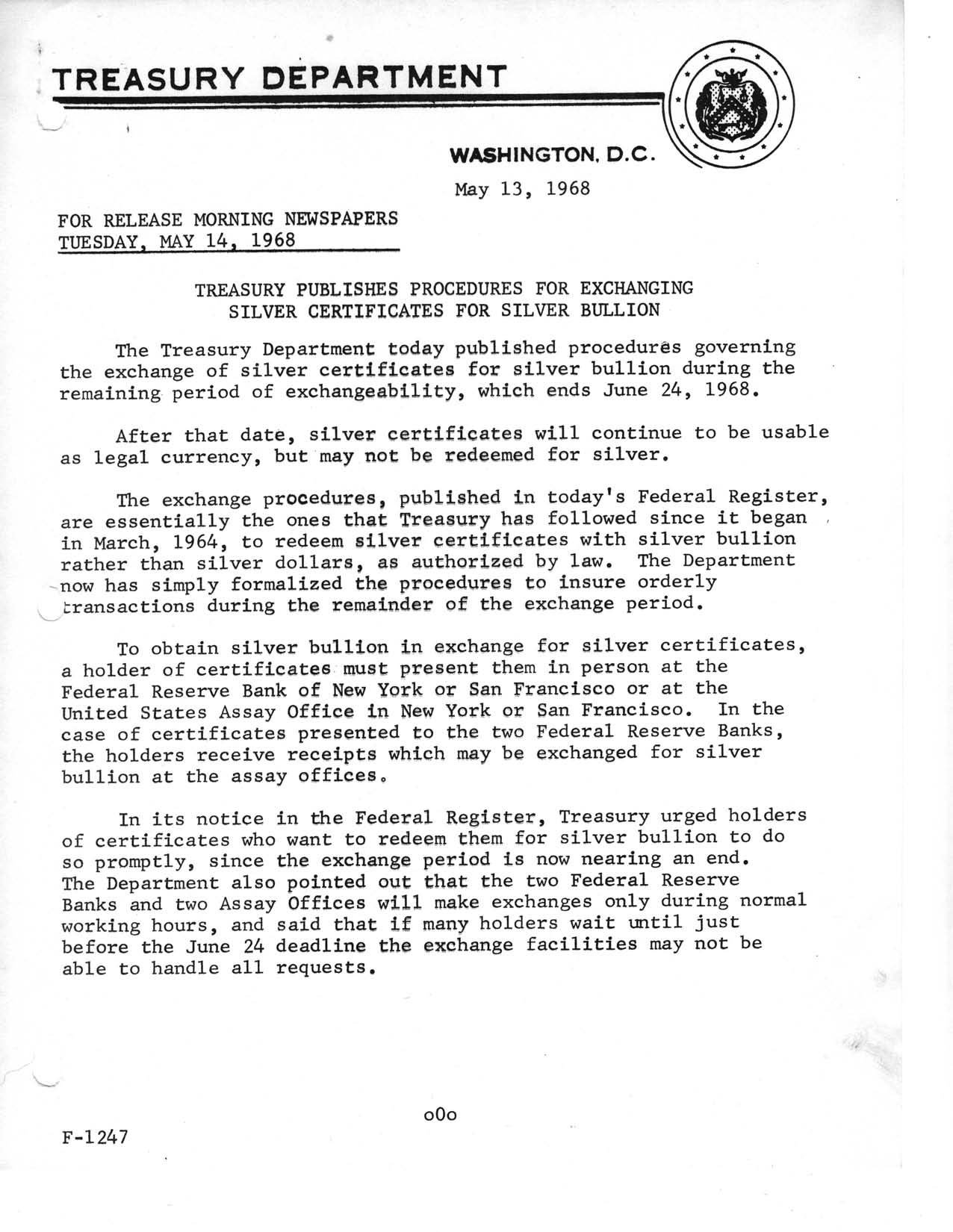JustRedPillMe
Facts. Evidence. Data.
X: @justredpillme | linktr.eeBTC: 1Q5ikysjrKXMG75MzGRSH5ncfW6gvm8SEX
We archive evidence and proof of claims or events so that they can't be memoryholed.

The US Has Defaulted on Its Debt at Least 3 Times Already
| Published: 5/11/2023 | + | ||
| jrpm.me/GDuWpy |
 |
COMPLETE REDPILL | (true) |

The US has defaulted on its debt on at least three separate occasions. We found one source mentioning a fourth 1862 default, but their source for the information has pulled down the original information backing their claim. We were unable to find any additional reporting on this particular case, and the details found on TheHill, suggested that it wasn’t a pure default, only that the value of the notes that were issued fell significantly compared to gold. The other three defaults are as described below.
Definition:
In finance, default is failure to meet the legal obligations (or conditions) of a loan, for example when a home buyer fails to make a mortgage payment, or when a corporation or government fails to pay a bond which has reached maturity.
- wikipedia.org
1. In 1933, the US Government defaulted on its gold bonds it had issued. The government had promised these bondholders the ability to redeem these bonds for gold coins. When the bondholders chose to redeem them, the government refused, offering depreciated paper currency instead. This action ended up as a court case heard by the Supreme Court. The case was Perry v. United States, 294 U.S. 330 (1935). It was decided on February 19, 1935. The decision was that the government is permitted to default on its debts if it so chooses in a 5-4 vote split.
While the government’s refusal to make the stipulated payment is a measure taken in the exercise of that power, this does not disguise the fact that its action is to that extent a repudiation of its undertaking. As much as I deplore this refusal to fulfill the solemn promise of bonds of the United States, I cannot escape the conclusion, announced for the Court, that, in the situation now presented, the government, through the exercise of its sovereign power to regulate the value of money, has rendered itself immune from liability for its action. To that extent, it has relieved itself of the obligation of its domestic bonds…
- Justice Harlan Stone (concurring vote)
This refusal to pay its debt in the original method and currency promised, is a default on its debt.
2. In 1968, the US Government refused to honor its promise to redeem silver certificate paper dollars for silver dollars. Theses silver certificates feature language on the certificate itself which states:
This certifies there is on deposit in the treasury of the united states of america <amount> in silver payable to the bearer on demand.
This quote is viewable below on the front facing image of this particular silver certificate paper dollar.


These images come from the Smithsonian Institute database.
On May 13, 1968, the US Treasury Department released a statement saying:
After June 24, 1968, silver certificates will continue to be usable as legal currency, but may not be redeemed for silver.

This refusal to permit silver redemption is a default on its debt.
3. In 1971 the US Government defaulted on its debt to foreign governments for gold under the Bretton Woods Agreement.
Under the Bretton Woods system, the external values of foreign currencies were fixed in relation to the U.S. dollar, whose value was in turn expressed in gold at the congressionally-set price of $35 per ounce. By the 1960s, a surplus of U.S. dollars caused by foreign aid, military spending, and foreign investment threatened this system, as the United States did not have enough gold to cover the volume of dollars in worldwide circulation at the rate of $35 per ounce; as a result, the dollar was overvalued. Presidents John F. Kennedy and Lyndon B. Johnson adopted a series of measures to support the dollar and sustain Bretton Woods: foreign investment disincentives; restrictions on foreign lending; efforts to stem the official outflow of dollars; international monetary reform; and cooperation with other countries. Nothing worked. Meanwhile, traders in foreign exchange markets, believing that the dollar’s overvaluation would one day compel the U.S. government to devalue it, proved increasingly inclined to sell dollars. This resulted in periodic runs on the dollar.
- history.state.gov
President Nixon suspended the convertability of the US dollar into gold. At the time President Nixon claimed the act was temporary:
I have directed Secretary Connally to suspend temporarily the convertibility of the dollar into gold or other reserve assets, except in amounts and conditions determined to be in the interest of monetary stability and in the best interests of the United States.
- President Richard Nixon's address to the nation, Aug. 15, 1971.
This temporary act, became permanent.
This permanent suspension of the dollars convertibility into gold is another example of the US defaulting on its debt.
Links to Evidence:
- Original Perry v. United States Page
- Archived Copy Perry v. United States (PDF)
- Smithsonian Institute Page About Silver Certificates
- Archived SI Page About Silver Certificates (PDF)
- History.state.gov Page About Nixon Shock
- Archived state.gov Nixon Shock Page (PDF)
- Luxembourg Centre For Contemporary and Digital History - Nixon Gold Standard Speech (PDF)
- Archived Copy - Nixon Gold Standard Speech (PDF)
- USmint.gov Treasury Department Press Release for Silver Certificates (JPG)
- Original TheHill Reporting
 |
COMPLETE REDPILL | (true) |
| Published: 5/11/2023 | ||
| jrpm.me/GDuWpy |